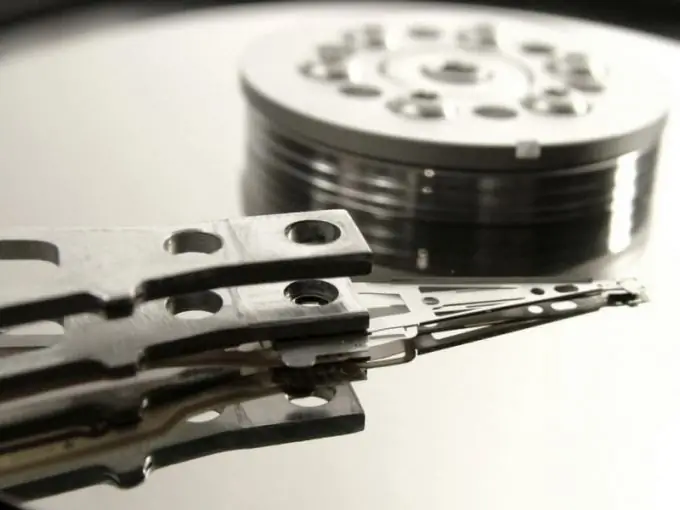In case of failure of the operating system, damage to the system by viruses, damage to partitions on the hard disk, it may be necessary to boot not from the hard drive, but from an external drive. In the treatment of such problems, various LiveCD assemblies, antivirus and service utilities for servicing hard drives help.

Necessary
LiveCD disc
Instructions
Step 1
Turn on the computer and go to the BIOS section of the motherboard. To activate the BIOS entry, press the corresponding button on the keyboard. Depending on the settings of the motherboard, it can be Del, Esc, F2 and other buttons. Find the Boot Device Priority section and configure booting from the computer's drive. If you fail to log into the I / O system the first time, try again, as there are situations when the user cannot catch the moment the button is pressed.
Step 2
Save changes made to BIOS with F10 - Enter. The computer will immediately reboot, and it's time for you to insert the disk with the service utilities or the system shell. Some LiveCD builds require confirmation to be loaded - press any button if prompted to do so. Wait for the shell to load its files into RAM. Depending on the amount of RAM and processor power, this will take from one to several minutes.
Step 3
All the work of the system loaded from the disk is carried out with constant disk support. Do not pull out the media, because when you call any menu or start the program, the system will ask the drive for files and, if there is no media, it will “drop out” into a blue screen. You can work in the shell as you would on a regular system (with some restrictions). Some LiveCD builds are web-enabled and have built-in document and image editors.
Step 4
Such portable systems allow you to use a mini operating system in full mode, with which you can format a computer, transfer any data, diagnose a computer, and much more. As a rule, every PC user should have such disks as a last resort.






